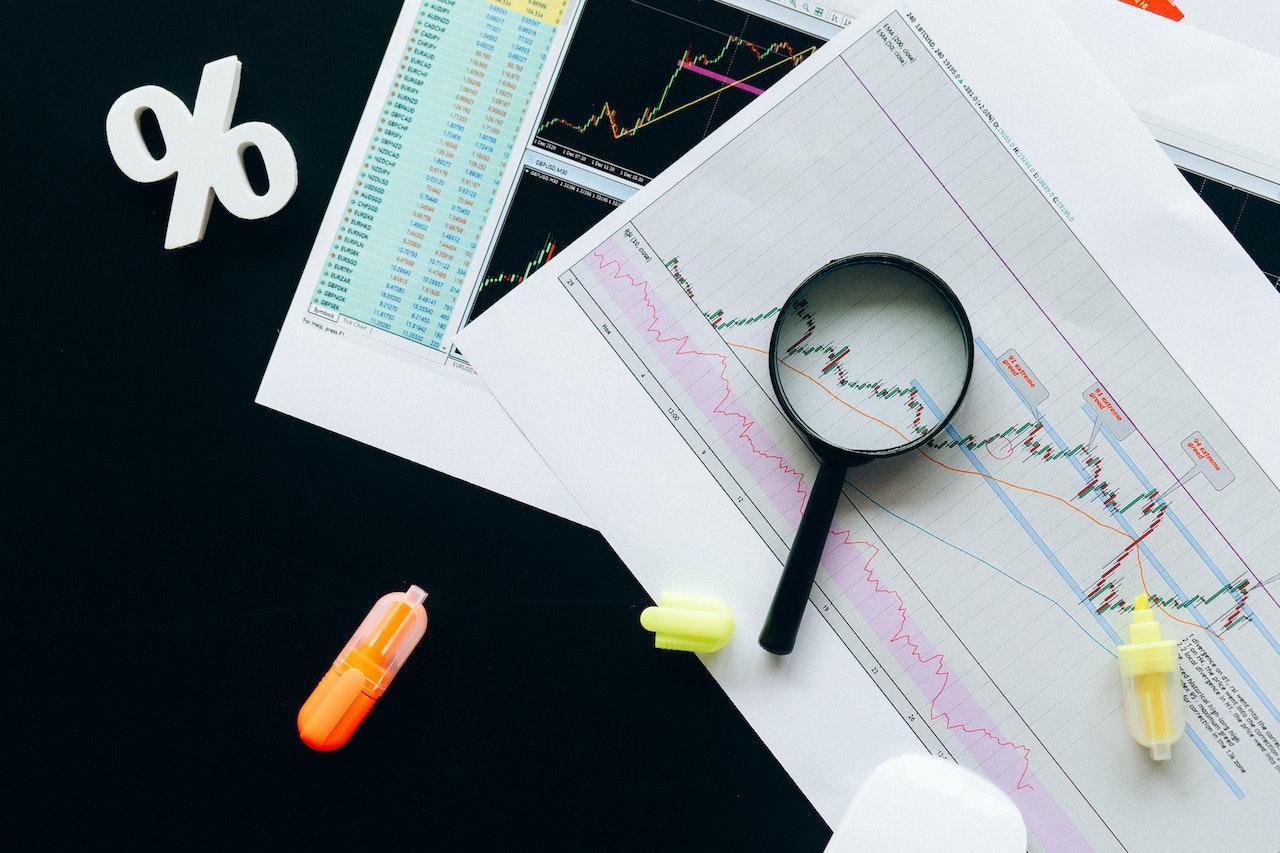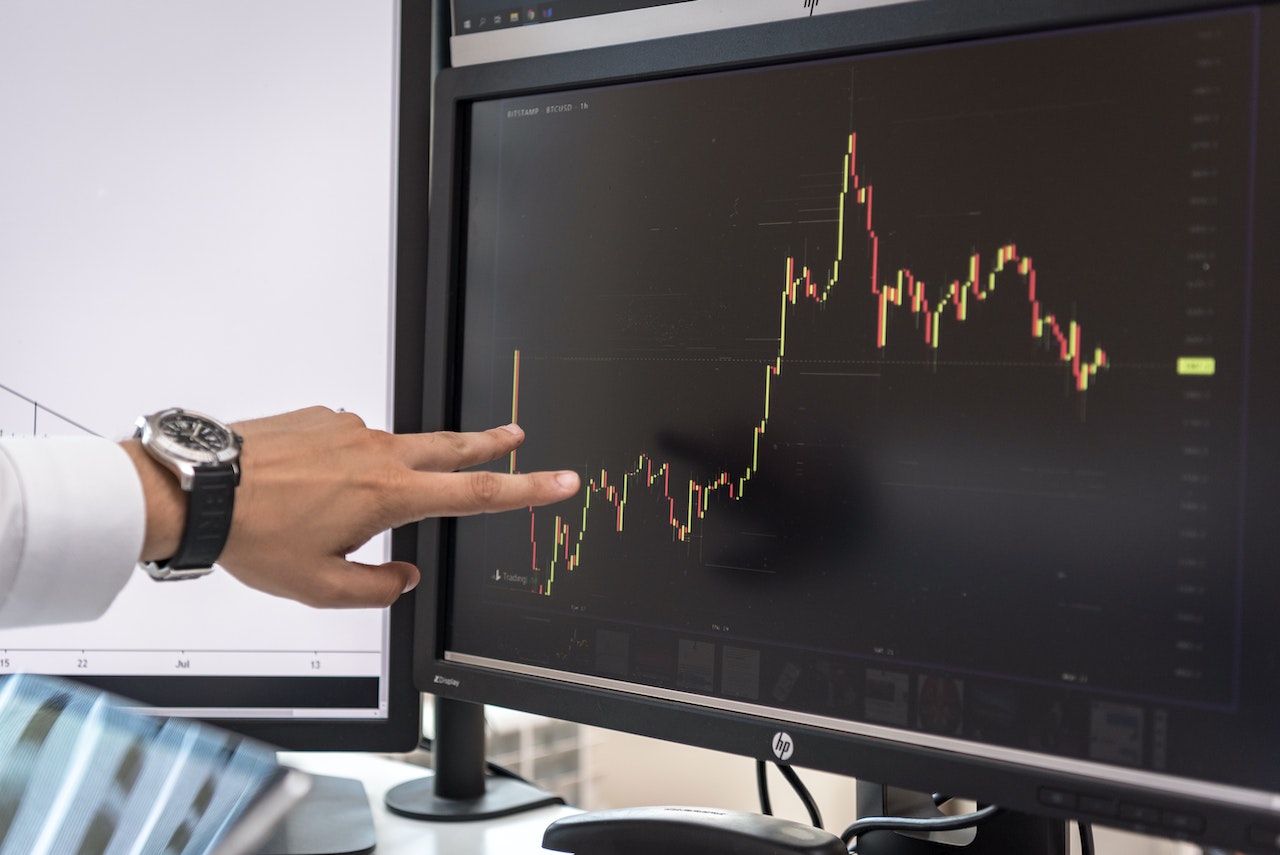Forex traders need to know about margin, leverage, margin call, and stop-out levels to trade effectively. In this article, we will provide a full explanation of each term and discuss how they can affect your trading results. By understanding these concepts, you will be able to make more informed trading decisions and protect yourself from costly mistakes. Let’s get started!
What is Margin?
Margin is the amount of money that you must have in your account to open a position. For example, if you wanted to buy $100 worth of EUR/USD, you would need to have at least $0.50 in your account (or 50% of the total value). This is known as a 50:01 margin ratio. The higher the margin ratio, the more money you must have in your account to open a position.
What is Leverage?
Leverage allows you to trade with more money than you have in your account. For example, if you had an account with $500 and were using 100:01 leverage, you could trade up to $50,000 worth of currency pairs. Leverage can be a useful tool, but it can also magnify your losses if the trade goes against you. That’s why it’s important to use leverage wisely and never risk more than you are comfortable with losing.
What is a Margin Call?
A margin call is when your broker asks you to deposit more money into your account to keep your positions open. This usually happens when the value of your account falls below the required margin level. For example, if you had an account with $500 and were using 50:01 leverage, you would need to maintain a balance of at least $25 to keep your positions open. If your account falls below this level, you will receive a margin call from your broker.
What is a Stop Out?
A stop-out is when your broker closes your positions to prevent further losses. This usually happens when the value of your account falls below the required margin level. For example, if you had an account with $500 and were using 50:01 leverage, you would need to maintain a balance of at least $25 to keep your positions open. If your account falls below this level, your broker will close your positions to prevent further losses.
We hope that this article has helped to clear up some of the confusion surrounding margin, leverage, margin call, and stop-out levels. Remember, these concepts are important for all Forex traders to understand. By keeping them in mind, you can make more informed trading decisions and avoid costly mistakes. Thanks for reading and good luck in your future trades!





